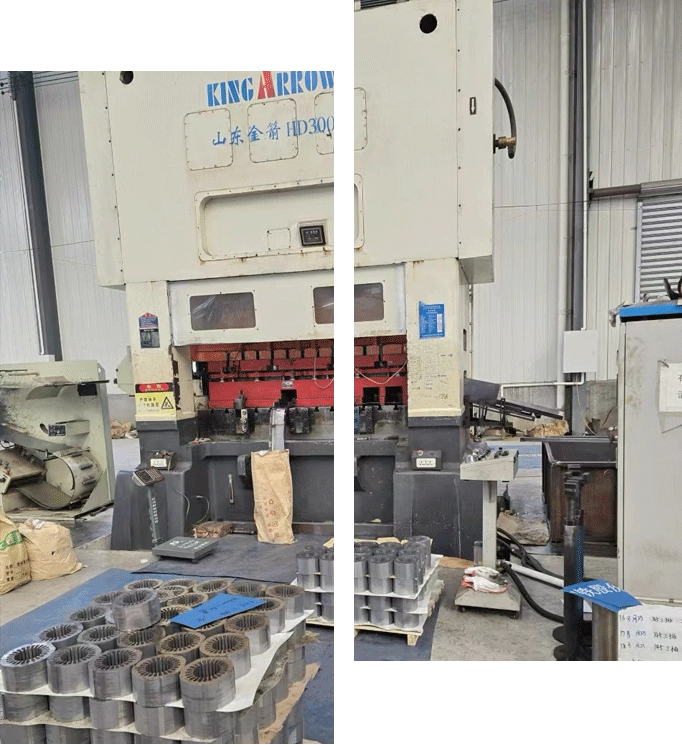Nov . 14, 2024 21:19 Back to list
deep well submersible pump installation
Deep Well Submersible Pump Installation A Comprehensive Guide
Deep well submersible pumps are essential for extracting groundwater from deep aquifers. These pumps are designed to operate submerged in water, providing efficient and reliable performance in various applications, such as agriculture, municipal water supply, and industrial processes. Proper installation of a deep well submersible pump is crucial to ensure its longevity, efficiency, and safety. This article will outline the key steps and considerations for installing a deep well submersible pump.
Understanding Deep Well Submersible Pumps
A deep well submersible pump consists of a motor and a pump assembly, both of which are housed in a single unit. The motor drives the impellers, which push water to the surface through a discharge head. Submersible pumps are typically used in wells that are deeper than 25 feet and can be powered by electricity, solar energy, or other suitable energy sources.
Step 1 Site Assessment
Before installation, a thorough site assessment is vital. This involves evaluating the well’s depth, the water quality, and the surrounding environment. Factors such as geological conditions, potential contaminants, and seasonal water level fluctuations should be considered. It is recommended to consult with a hydrogeologist or a qualified professional to ensure a proper understanding of the site.
Step 2 Choosing the Right Pump
Selecting the appropriate pump for your specific needs is essential. Consider factors such as the well depth, required flow rate, and the total dynamic head (TDH), which includes the vertical lift and the friction losses in the piping. Pump manufacturers typically provide detailed specifications to help you choose the right model for your application.
Step 3 Preparing for Installation
Once the pump is selected, preparing the installation area is the next step. This includes clearing any debris, ensuring adequate access for equipment, and preparing the necessary materials, such as piping, fittings, and electrical connections. Always follow local codes and regulations when preparing for installation.
deep well submersible pump installation

Step 4 Lowering the Pump into the Well
Lowering the pump into the well requires careful handling to prevent damage. Utilize a sturdy cable or rope rated for the weight of the pump. Ensure that the pump is vertical during installation to avoid misaligning the motor and pump assembly. It’s crucial to lower the pump slowly and steadily to prevent jamming or damage to the components.
Step 5 Connecting the Discharge and Power Supply
Once the pump is positioned at the correct depth, the next step is to connect the discharge pipe. Ensure that the connections are secure and appropriately sealed to prevent any leaks. If you are using a submersible motor, follow the manufacturer's instructions for electrical connections, ensuring that all wiring is watertight and that proper safety measures are in place.
Step 6 Testing the System
After the installation is completed, it is essential to test the system to ensure everything is functioning as intended. Begin by turning on the power supply and checking for any unusual noises or vibrations. Measure the flow rate and monitor the water levels to ensure the pump is operating efficiently. If any issues arise, troubleshoot them immediately to prevent further complications.
Step 7 Regular Maintenance
Once installed, regular maintenance is crucial for the longevity and efficiency of a deep well submersible pump. Schedule routine inspections to check for wear and tear, ensure connections are secure, and monitor performance metrics such as flow rate and electrical consumption. Address any problems promptly to maintain optimal operation.
Conclusion
Installing a deep well submersible pump can significantly improve water access and management. By following these steps—conducting a thorough site assessment, selecting the appropriate pump, preparing for installation, and ensuring regular maintenance—you can ensure the efficient and effective operation of your deep well submersible pump. Consider consulting with professionals throughout the installation process to guarantee compliance with local regulations and best practices, ultimately leading to a successful installation and long-term performance.
-
Submersible Water Pump: The Efficient 'Power Pioneer' of the Underwater World
NewsJul.01,2025
-
Submersible Pond Pump: The Hidden Guardian of Water Landscape Ecology
NewsJul.01,2025
-
Stainless Well Pump: A Reliable and Durable Pumping Main Force
NewsJul.01,2025
-
Stainless Steel Submersible Pump: An Efficient and Versatile Tool for Underwater Operations
NewsJul.01,2025
-
Deep Well Submersible Pump: An Efficient 'Sucker' of Groundwater Sources
NewsJul.01,2025
-
Deep Water Well Pump: An Efficient 'Sucker' of Groundwater Sources
NewsJul.01,2025
-
 Submersible Water Pump: The Efficient 'Power Pioneer' of the Underwater WorldIn the field of hydraulic equipment, the Submersible Water Pump has become the core equipment for underwater operations and water resource transportation due to its unique design and excellent performance.Detail
Submersible Water Pump: The Efficient 'Power Pioneer' of the Underwater WorldIn the field of hydraulic equipment, the Submersible Water Pump has become the core equipment for underwater operations and water resource transportation due to its unique design and excellent performance.Detail -
 Submersible Pond Pump: The Hidden Guardian of Water Landscape EcologyIn courtyard landscapes, ecological ponds, and even small-scale water conservancy projects, there is a silent yet indispensable equipment - the Submersible Pond Pump.Detail
Submersible Pond Pump: The Hidden Guardian of Water Landscape EcologyIn courtyard landscapes, ecological ponds, and even small-scale water conservancy projects, there is a silent yet indispensable equipment - the Submersible Pond Pump.Detail -
 Stainless Well Pump: A Reliable and Durable Pumping Main ForceIn the field of water resource transportation, Stainless Well Pump has become the core equipment for various pumping scenarios with its excellent performance and reliable quality.Detail
Stainless Well Pump: A Reliable and Durable Pumping Main ForceIn the field of water resource transportation, Stainless Well Pump has become the core equipment for various pumping scenarios with its excellent performance and reliable quality.Detail
